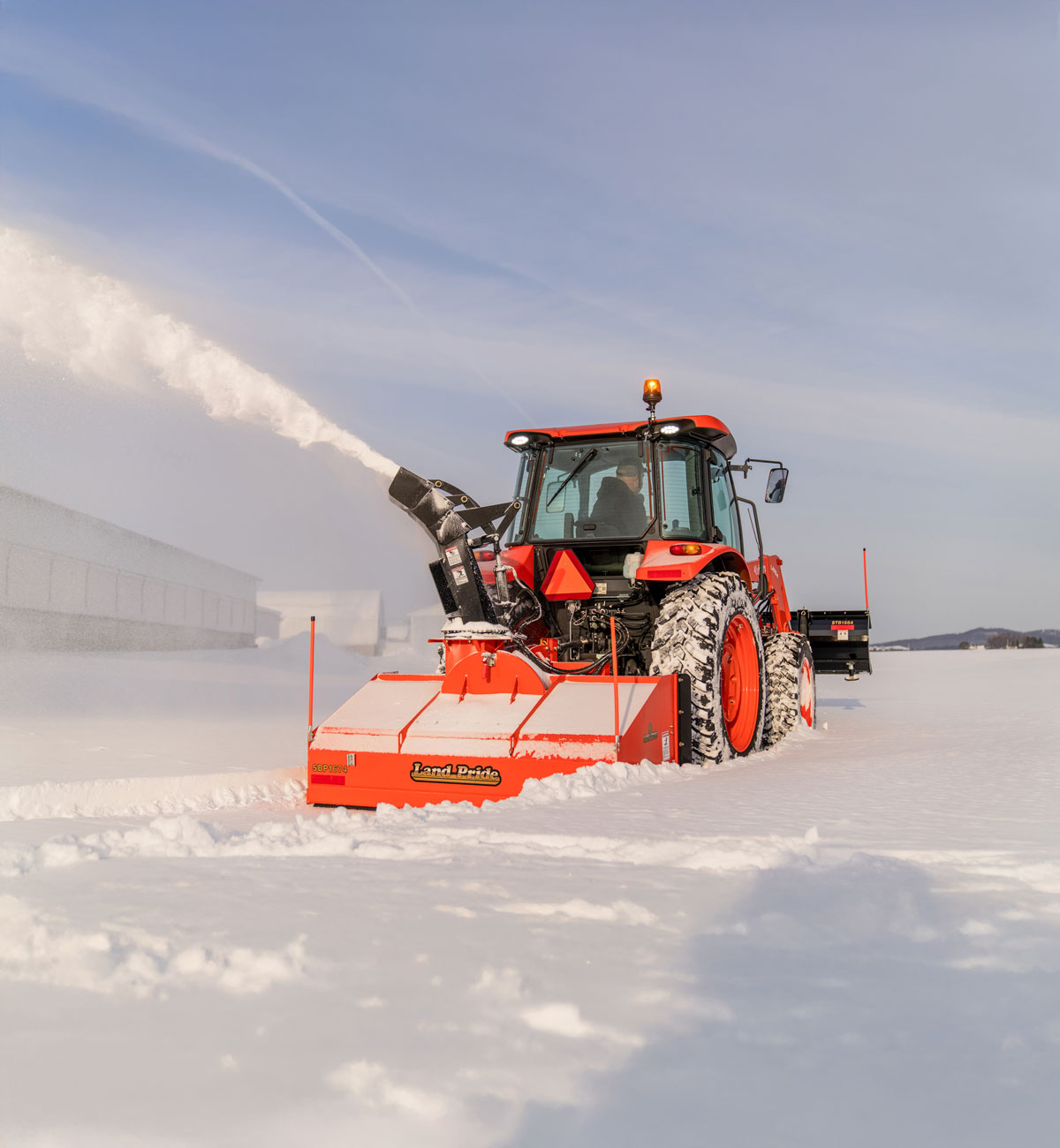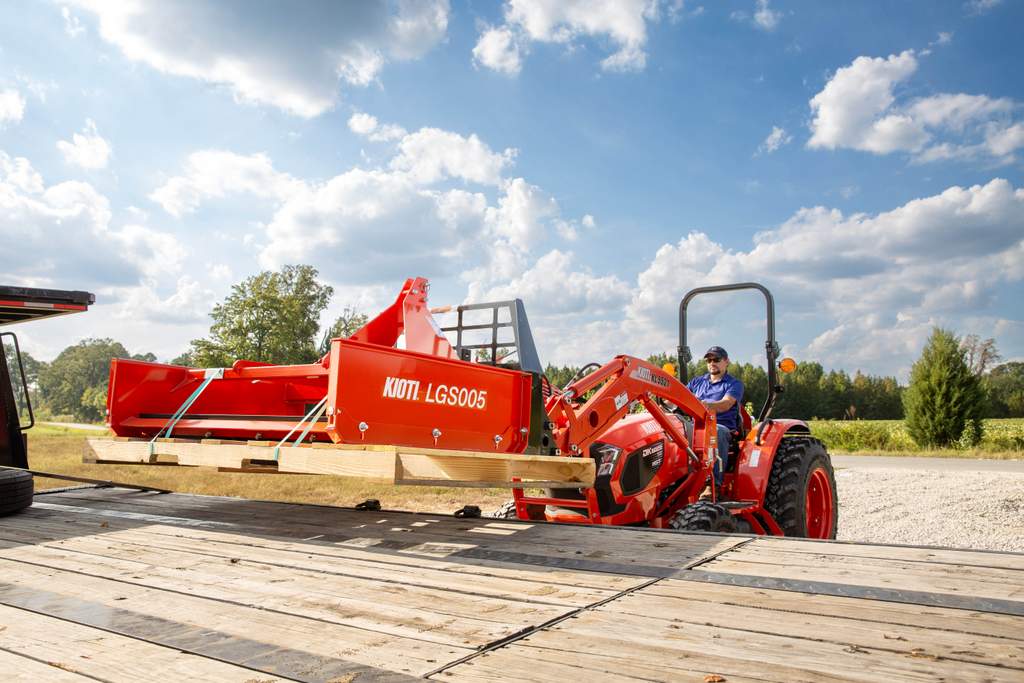Three Essential Attachments for Quick Disaster Response
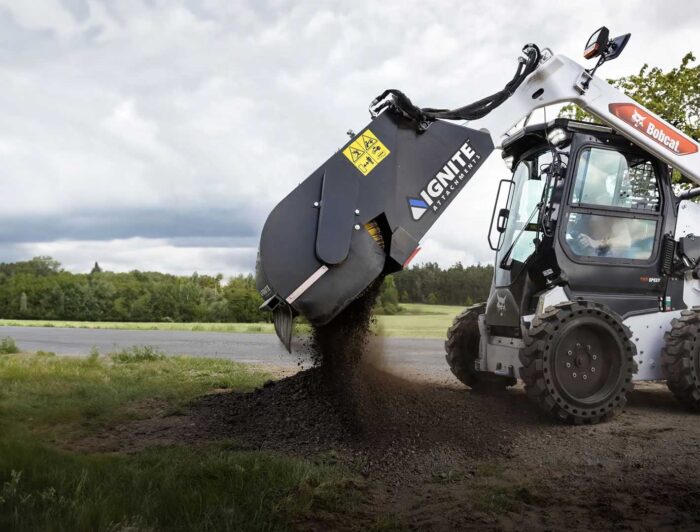
Disaster recovery work demands fast action, reliable equipment and versatile tools that can handle whatever is thrown their way. Whether responding to storm damage, fire debris or flood aftermath, compact equipment attachments play a critical role in streamlining cleanup and recovery efforts. Among the most effective tools for quick response are grapples, buckets and sweepers. Each brings unique strengths to the jobsite, helping crews restore access, remove hazards and clear debris efficiently.
Grab, Lift and Clear With Confidence
When speed and versatility are non-negotiable, grapples earn their place as a disaster cleanup essential. These hydraulically operated tools allow operators to quickly grab, lift and move irregular debris like logs, brush, scrap or uprooted fencing that would otherwise slow recovery efforts.
Root and rake grapples are particularly valuable in post-disaster environments. Root grapples feature open-bottom designs that allow dirt and mud to sift through while securely holding branches, stumps or construction debris. Rake grapples combine a wide rake with a clamping jaw, making them ideal for gathering debris piles without disturbing the soil beneath.
When it comes to grapples, it pays to look beyond the obvious. In addition to dual independent jaws for securely gripping uneven loads, reputable manufacturers often incorporate reinforced steel construction and protected hydraulic cylinders to withstand rugged, high-impact environments. Other smart design elements like full nylon hose sleeves and flat-faced, connect-under-pressure couplers not only extend the life of the attachment but also reduce downtime in demanding conditions. Lightweight yet durable builds help preserve lifting capacity, allowing operators to move larger loads with fewer trips, which can be an essential advantage when every minute counts.
Buckets Built for the Job
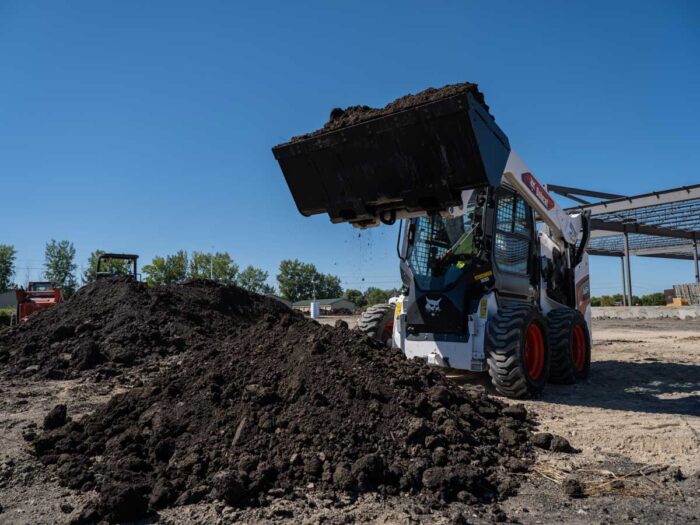
Just as grapples are a go-to for handling large, irregular debris, buckets remain an indispensable tool for every disaster response arsenal. These attachments are the workhorses of skid steers and compact track loaders, and they play a pivotal role in disaster recovery. Whether hauling debris, grading a damaged site or scooping loose materials, a well-matched bucket can speed cleanup while reducing manual labor.
A general-purpose bucket is a reliable starting point, and one most operators already have on hand. These buckets offer a balance of capacity and strength suitable for a variety of tasks. However, for disaster response, low-profile and severe-duty buckets stand out. Low-profile buckets provide improved visibility of the cutting edge, an advantage when working around debris piles or in tight spaces. Their extended bottoms maintain capacity while adding reach, making them ideal for dirt work and site prep after cleanup.
Severe-duty buckets bring reinforced strength with added wear bars and gusseting, designed for higher horsepower carriers and demanding applications. These heavy hitters handle tough materials like concrete, gravel and heavy debris — exactly the kind of loads common after natural disasters.
When selecting a bucket for cleanup work, key features include reinforced cutting edges, durable steel construction and application-specific designs. From sifting rock buckets that separate debris from soil to ejector models that improve dumping efficiency, the right bucket not only boosts productivity but helps ensure safety and control on unpredictable job sites.
A Clean Sweep
After the large debris is cleared and heavy lifting is done, sweepers step in to finish the job. Whether it’s clearing mud, small debris or residual materials from hard surfaces, sweeper attachments help restore accessibility and safety to roads, parking lots and work areas.
Sweepers with low-profile frames offer the added advantage of superior sight lines, an essential feature when navigating cluttered or hazardous environments during disaster response. Durable polyurethane bristles help maximize cleaning efficiency and extend attachment life, reducing downtime in high-demand cleanup situations. Some models also offer individual bristle replacement and drum flipping to further prolong service life. When combined with protective features like full nylon hose sleeves and flat-faced, connect-under-pressure couplers, these design elements create a dependable tool built to withstand the rigors of intensive cleanup, all while keeping operating costs in check.
The Right Tools for the Toughest Jobs
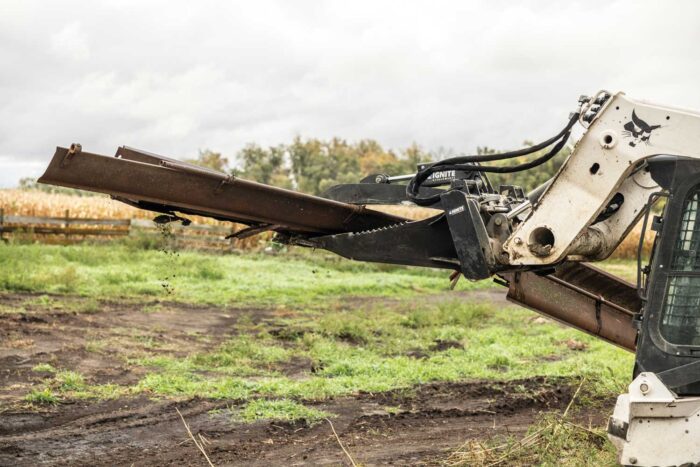
Whether grabbing storm debris, moving rubble or clearing access roads, having the right attachment on hand can make all the difference in disaster response. Grapples, buckets and sweepers each play a critical role, helping crews work smarter, faster and safer when matched to the task at hand. And while it’s not always possible to predict when disaster will strike, forward-thinking attachment manufacturers make it easier to be ready. With options like in-stock availability, direct-to-you shipping and a convenient online shopping experience, these manufacturers help ensure operators can get the tools they need when they need them most. It’s all about having reliable, high-performing equipment within reach to keep recovery efforts moving when every minute counts.
Darin Gronwold is a product manager for Ignite Attachments.


